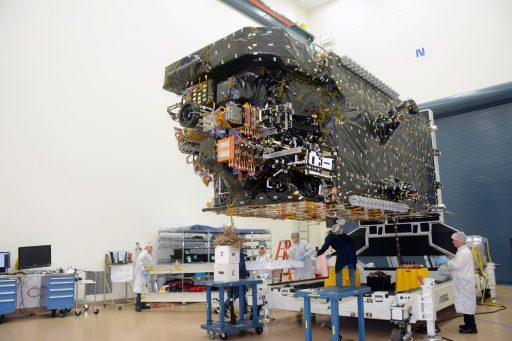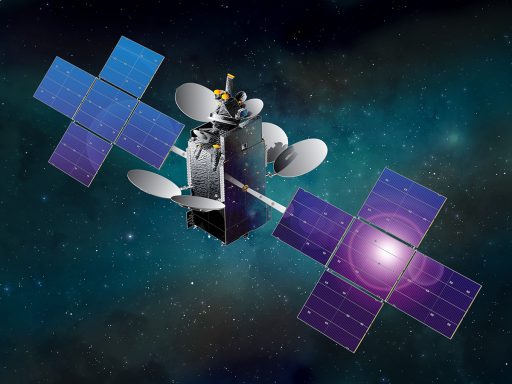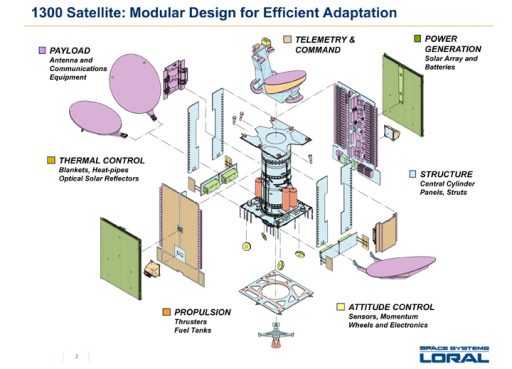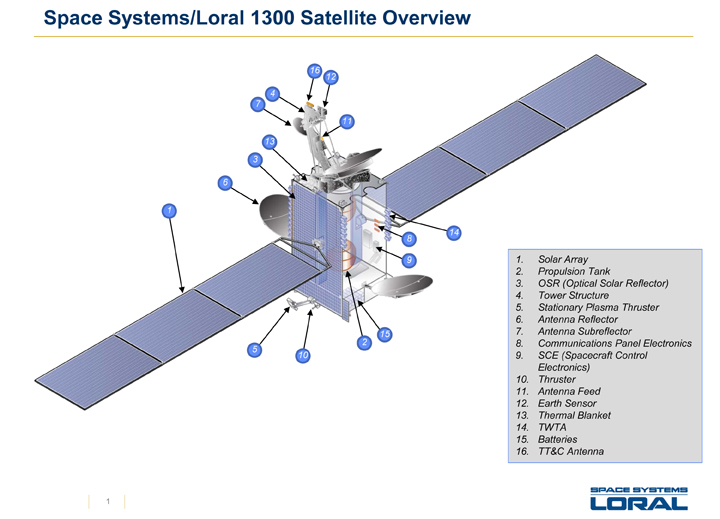Star One D1

Star One D1 is a commercial communications satellite inaugurating the fourth generation of Embratel Star One satellites, hosting a multi-band payload to bring new capacities to Latin and South America. Built by Space Systems/Loral based on the flight-proven SSL-1300 platform, Star One D1 is the largest satellite operated by Embratel to date.
Star One ordered the satellite from SS/L in July 2013 as a multi-mission spacecraft outfitted with a multi-band payload.
The satellite was originally planned to launch in early 2016 to be in place for the Rio Olympics to deal with the additional demand for data and video distribution services, however, the mission slipped to a late 2016 launch target.
Star One D1 is outfitted with 28 x 36MHz C-Band transponders, 24 x 36MHz Ku-Band transponders and a Ka-Band payload comprised of 18 transponders equivalent to 300 x 36MHz.

The C-Band payload will be used for voice, TV, radio and data distribution including Internet Services – replacing and expanding the C-Band capacity of the Star One B4 satellite launched in 2000. Ku-Band will be used for direct-to-home television, Internet services, data networks and telephony to remote locations with coverage extending over South and Central America with particular focus on markets in Brazil and Mexico.
Star One D1’s high-capacity Ka-Band payload focused on Brazil enables broadband and high-speed data transmission for corporate networks and cellular backhaul. Further services offered by the satellite include telemedicine and tele-education to be able to connect remote communities.
The satellite has a launch mass of 6,433 Kilograms and will take up station at 84 degrees West for a planned operational of 15 years – the industry standard for Geostationary Communications Satellites. At launch, the satellite measures 5.1 by 2.2 by 2.35 meters in size.

LS-1300 is a flexible satellite platform that can be flown in different configurations to accommodate different communication payloads with a total power of 5 to 20kW. Using different configurations, LS-1300 satellites can weigh from 2,200 up to 6,700 Kilograms featuring payloads of 12 to 150 transponders. LS-1300 was introduced in the late 1980s, but undergoes constant modifications going through a number of revisions over the years.
Star One D1 uses the high-power variant of LS-1300, featuring two five-panel solar arrays that deliver over 15kW of power to a dedicated system that conditions the satellite’s power bus and controls the state of charge of the vehicle’s batteries. Three-axis stabilization and navigation is accomplished by state of the art navigation sensors and reaction wheels.
The satellite is equipped with a chemical propulsion system for orbit-raising and stationkeeping using a main apogee engine and a series of attitude control thrusters. LS-1300 also provides the option of an additional electric propulsion system, whether this option is exercised for Star One D1 is not known.

